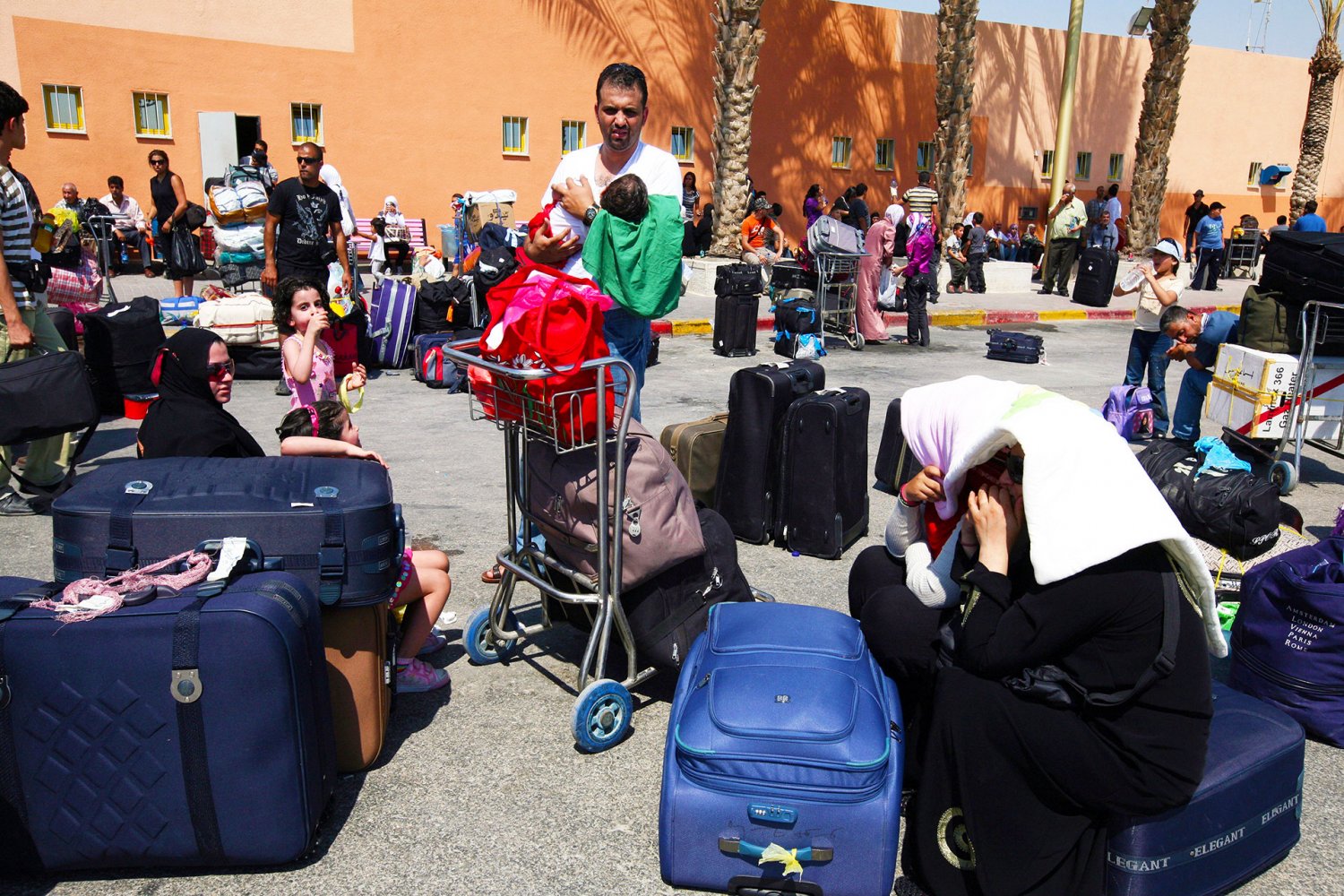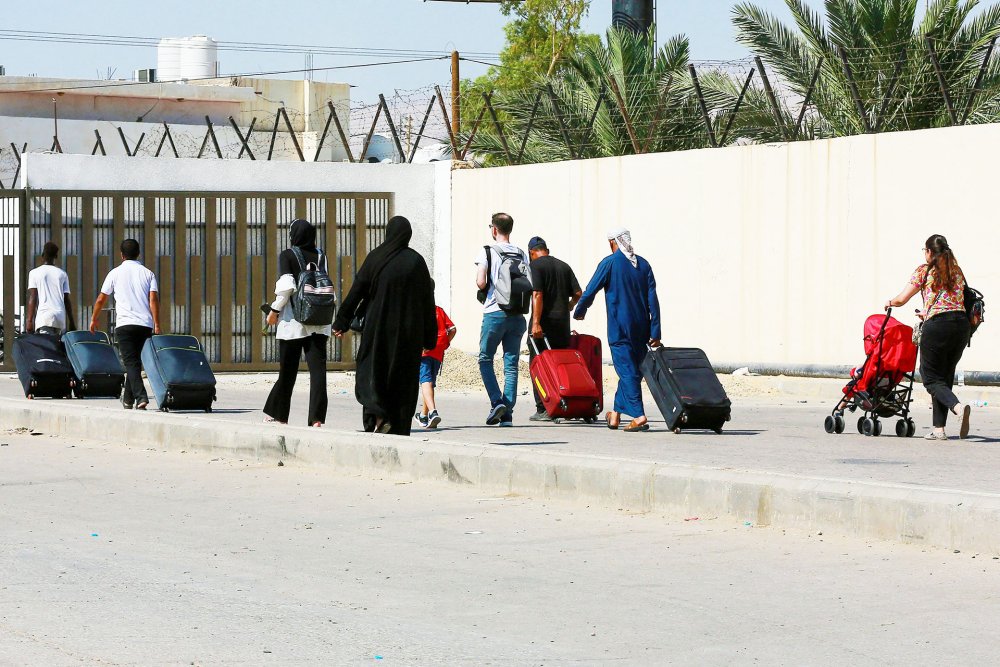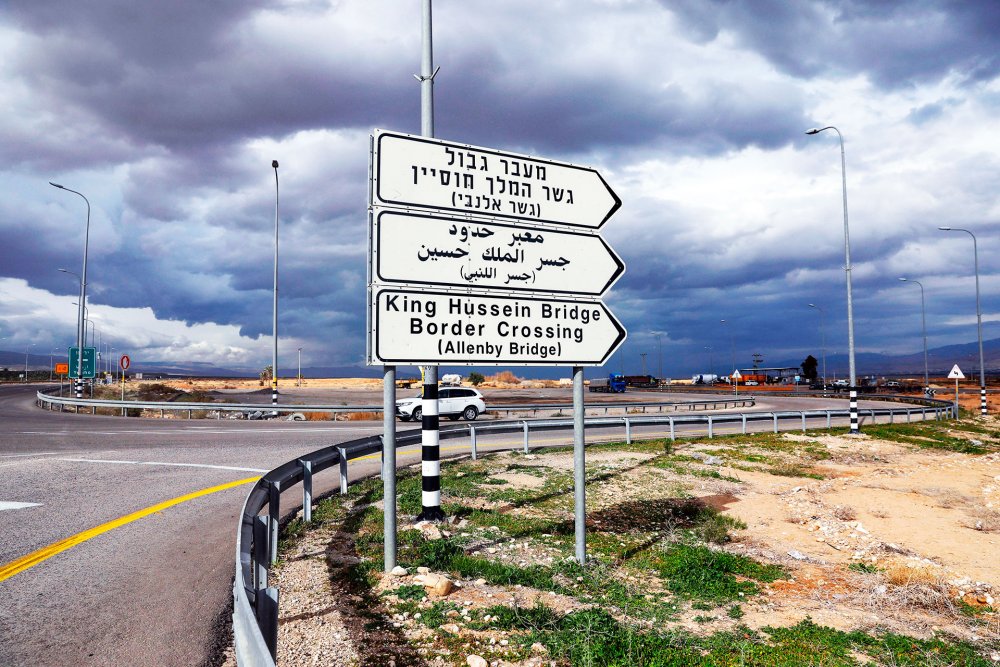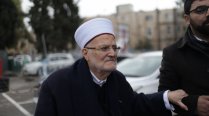Because the number of Palestinian travelers from Jerusalem is relatively modest, the Jordanian authorities ask them to board the bridge bus with passengers with Palestinian passports coming from other parts of the West Bank; this means they have to carry their bags and walk a long distance to reach the designated bus. And thus begins another round of inconvenience, with crowding and racing to get on the bus. Palestinians from Jerusalem are not given the option to travel on the more comfortable tourist buses, which are usually not full. Jordan correctly states that East Jerusalemites are like the rest of the Palestinian population in their eyes, but Jerusalemites hope that this small gesture would make their lives easier.
Summers are peak travel times, and buses are severely congested; it can take 15 to 30 minutes just to get off a bus upon arrival to the destination. During that time, pesky Jordan Valley flies energetically buzz around. Once you get off the bus, you have to be a skilled athlete in order to sprint to the least crowded passport control window in order to hand over the Jordanian travel document (for those who have them—see Precarious, Not Permanent: The Status Held by Palestinian Jerusalemites (Pt. 1)) or your foreign passport.
This stage may take anywhere from 15 minutes to an hour, depending on the pressure and the determination of the employees. If things do not go well for you, your passport will be transferred to the intelligence service, and you can expect to be questioned.
Next, non-Jordanian nationals are required to pay JD 10 for an entry visa, even if they carry a Jordanian passport of the type that does not have a national number.
Then you go to a large luggage holding area, and you have to search for your luggage. Porters are available to help with the search (for a tip, of course). If you are unlucky, a bag may disappear or be stashed in a random corner, not in the space designated by the number tag attached to it.
Luggage in hand, you finally move toward the exit, passing through a narrow hallway where you are required to pay the baggage fees before you can leave the facility and head toward the taxi stands. The fee keeps rising for unknown reasons—from half a dinar to two dinars.
Step outside, and you are warmly greeted by dozens of men who try to convince you to ride with them in a private car other than the designated public cars. The fare might be lower, but they are uninsured, and travelers have no recourse if they forget a piece of luggage in the car trunk or if the driver decides to charge a higher fare midway.
All told, for a Palestinian Jerusalemite, it generally takes three hours from the moment one enters the Israeli side of the bridge to the moment one exits the Jordanian bridge. This is more time than it takes to fly from Tel Aviv or Amman to Istanbul. And that is without the driving time from there to whatever the destination is in Jordan, which can be an hour or more.
One of the reasons that Jerusalemites endure the humiliation is that the King Hussein Bridge is virtually the only viable port of entry and exit for all Palestinians wanting to travel to Jordan or onward from there, to elsewhere in the world. While Jerusalemites are allowed to use the Ben Gurion Airport, flights are both prohibitively expensive and not frequently scheduled, and security measures there are uniquely intrusive for Palestinian Jerusalemites (see “We Are All Mikey!”).





